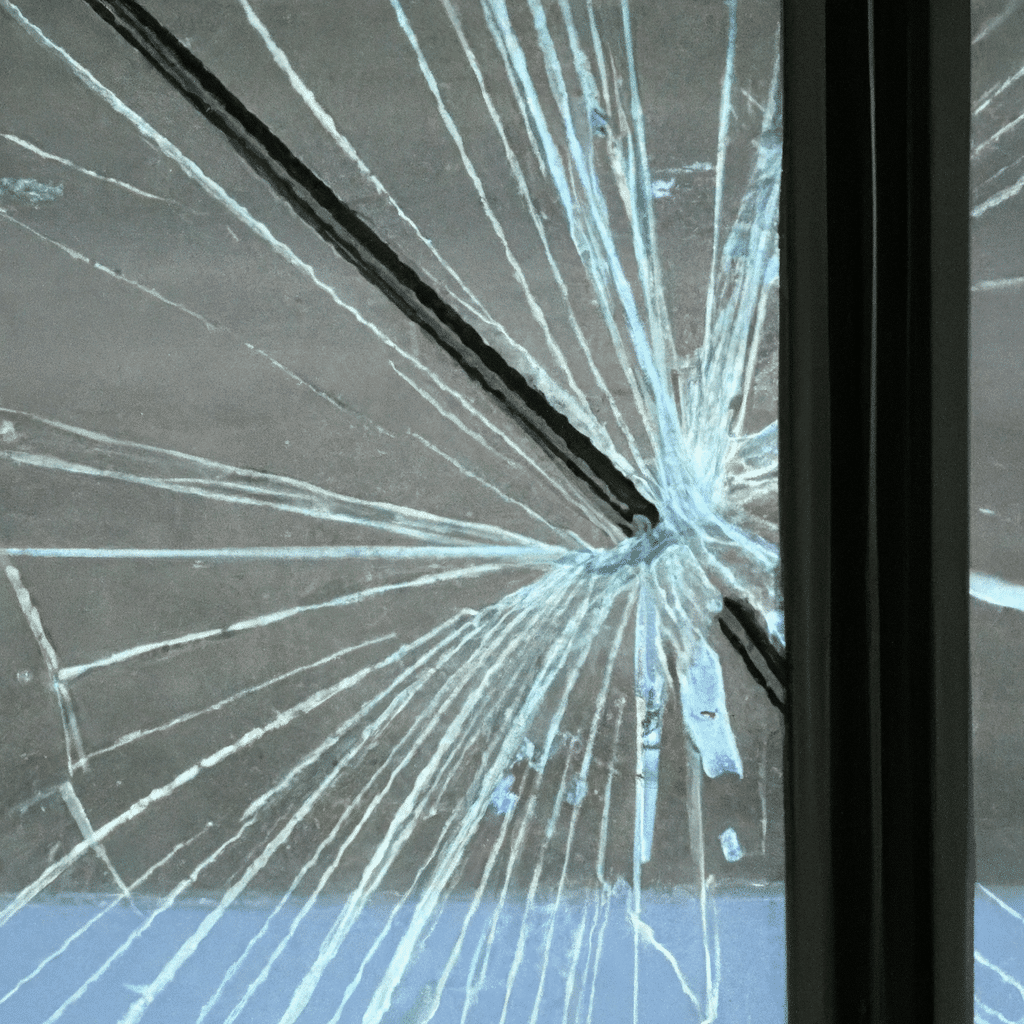So you’re curious about how impact windows are tested for durability? Well, you’re in luck because in this article, we’re going to shed some light on the rigorous testing methods that these windows undergo before they hit the market. From powerful wind simulations to intense impact tests, you’ll get a glimpse into the stringent measures taken to ensure that these windows can withstand the most demanding conditions. So sit tight and get ready to uncover the secrets behind the durability of impact windows.

Testing Standards
There are several testing standards that are commonly used to evaluate the durability and effectiveness of impact windows. These standards ensure that the windows are able to withstand the forces of hurricanes and other severe weather conditions. Some of the most widely recognized testing standards include ASTM E1886, ASTM E1996, the Florida Building Code (FBC), and Miami-Dade County Product Approval. By adhering to these standards, manufacturers can provide customers with a sense of confidence in the performance of their impact windows.
Test Methods
To determine the durability of impact windows, various test methods are employed. These methods evaluate the windows’ ability to withstand projectiles, cyclic pressures, large missiles, and anchor pulls. By subjecting the windows to these tests, manufacturers can assess their performance under different scenarios and ensure that they meet the necessary criteria for durability.
Projectile Test
The projectile test measures the window’s resistance to airborne debris and small projectiles. It assesses whether the window is able to withstand impacts from objects like rocks, branches, and other similar debris. The test involves the use of a specific apparatus and follows a prescribed procedure to simulate the impact of such projectiles. The acceptance criteria specify the level of impact that the window should be able to withstand without sustaining any damage.
Cyclic Pressure Test
The cyclic pressure test is designed to evaluate the window’s resistance to repeated pressure changes caused by strong winds. It simulates the effects of wind pressure on the window over a specific period of time, subjecting it to cycles of positive and negative pressure. This test assesses the window’s ability to maintain its structural integrity and prevent air leakage or water infiltration. The acceptance criteria specify the maximum pressure differential that the window should be able to withstand without failure.
Large Missile Test
The large missile test evaluates the window’s ability to withstand the impact of larger-sized projectiles, such as pieces of wood, concrete, or even cars. It involves the use of a specialized testing apparatus that launches the missiles at the window, mimicking the forces experienced during severe storms. The test measures whether the window can resist penetration and maintain its structural integrity after being struck by these larger projectiles. The acceptance criteria set the level of impact that the window should be able to withstand without failure.
Anchor Pull Test
The anchor pull test assesses the window’s resistance to being forcibly pulled out of its frame. It evaluates the strength of the window’s anchoring system and ensures that it remains securely attached during extreme wind events. The test involves applying a pulling force to the window to determine the amount of force required to dislodge it from its frame. The acceptance criteria specify the maximum force that the window’s anchoring system should be able to withstand without failure.

Additional Tests
In addition to the primary test methods mentioned above, several other tests may also be conducted to further evaluate the durability and performance of impact windows. These tests include the water penetration test, structural test, thermal cycling test, and wind load test. These additional tests aim to assess the window’s resistance to water infiltration, its structural integrity under various load conditions, its ability to withstand temperature fluctuations, and its resistance to wind forces.
Water Penetration Test
The water penetration test evaluates the window’s ability to resist water infiltration under different intensities of rainfall. It measures whether the window can effectively keep water out and prevent any leakage or damage to the interior. The test subjects the window to simulated rainfall and monitors for any signs of water penetration or leakage. The acceptance criteria specify the maximum amount of water that the window should allow to penetrate without failure.
Structural Test
The structural test assesses the window’s overall strength and ability to withstand various load conditions. It evaluates the window’s resistance to applied forces, such as wind pressure, impact loads, and static loads. The test involves subjecting the window to specific load scenarios and measuring its deflection, deformation, and any signs of failure. The acceptance criteria specify the maximum load that the window should be able to withstand without structural failure.
Thermal Cycling Test
The thermal cycling test evaluates the window’s ability to withstand temperature fluctuations without compromising its performance or durability. It exposes the window to alternating high and low temperatures to simulate the thermal stresses it would experience in real-world conditions. The test measures the window’s dimensional stability, resistance to cracking or warping, and its ability to maintain proper sealing and insulation. The acceptance criteria specify the number of thermal cycles that the window should be able to endure without failure.
Wind Load Test
The wind load test determines the window’s ability to withstand the forces generated by high winds. It assesses the window’s resistance to wind pressure and suction, bending moments, and other wind-induced loads. The test subjects the window to controlled wind speeds and measures its deflection, deformation, and any signs of failure. The acceptance criteria specify the wind speed and pressure that the window should be able to withstand without failure.
Conclusion
In conclusion, impact windows undergo rigorous testing to ensure their durability and effectiveness in withstanding severe weather conditions. Test methods such as the projectile test, cyclic pressure test, large missile test, and anchor pull test evaluate the window’s resistance to different forces and impacts. Additional tests like the water penetration test, structural test, thermal cycling test, and wind load test further assess the window’s performance under specific conditions. By adhering to established testing standards and conducting these comprehensive tests, manufacturers can provide customers with impact windows that meet the necessary criteria for durability, giving them peace of mind during extreme weather events.
